1. Slab City – California
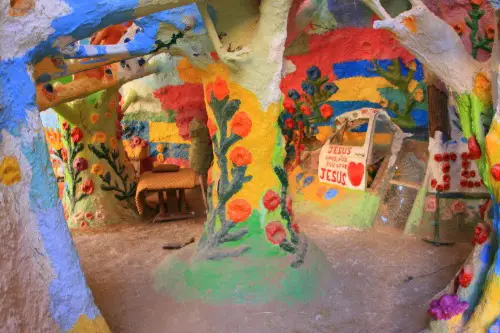
Billed as “the last free place in America,” Slab City draws in curious nomads and off-the-grid seekers. But what’s often left out of the dreamy desert utopia pitch is the lawlessness, extreme heat, and lack of basic services like water and medical care, according to Aaron Spray from The Travel. It sits on a former military base with leftover concrete slabs, no electricity grid, and no official policing. Drug use, violent confrontations, and mental health crises are not uncommon.
While it does have an artistic, Mad Max kind of charm, many visitors find themselves overwhelmed or even endangered by the harsh reality. The heat can soar past 120°F in summer, and without reliable infrastructure, heatstroke is a real risk. It’s not unusual for tourists to leave early, unprepared for what they walked into. Slab City isn’t for the faint of heart—or anyone without a backup plan.
2. Skid Row – Los Angeles, California
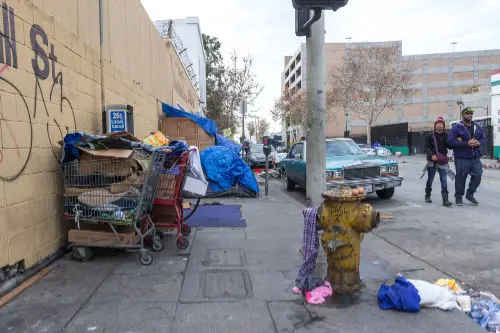
Skid Row is often included on gritty “reality tours” of L.A., but it’s not a tourist spot—it’s a humanitarian crisis, according to Marjorie Hernandez from The New York Post. With an estimated 4,000+ people living in just a 50-block radius, the area is overwhelmed by homelessness, crime, and drug addiction. Tourists sometimes end up here by accident while exploring downtown L.A., and it’s not uncommon for people to report feeling unsafe. There have been incidents of violence, theft, and harassment.
Some companies have marketed it as a “real” look at L.A. life, which feels exploitative at best. The truth is, Skid Row isn’t a place for casual observation; it’s a neighborhood struggling with decades of neglect. Walking through it unaware can be dangerous, both physically and ethically. It’s not a scene for sightseeing.
3. Alcatraz Night Tour – San Francisco, California
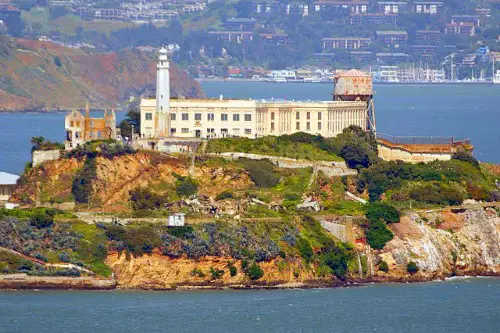
Alcatraz is iconic, eerie, and packed with history, but the nighttime tours add a layer of risk that’s often glossed over. The island is isolated, and emergency response time is longer than on the mainland. Some visitors report dizziness, panic attacks, or nausea, especially during the boat ride in rough waters. It doesn’t help that the place has a heavy atmosphere that can trigger anxiety in certain people.
On paper, it’s a ghost-hunter’s dream—creaky cellblocks, chilling stories, and dramatic lighting. But those with mobility issues or anxiety disorders can find the trip unexpectedly intense. There’s also the physical risk of slipping or falling in dim lighting, especially on damp stone surfaces. It’s not just spooky—it can be physically taxing.
4. The Angels Landing Hike – Zion National Park, Utah
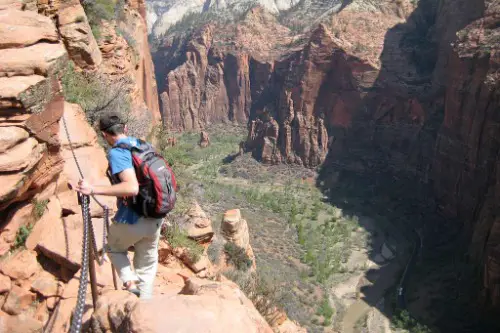
Angels Landing sounds heavenly, but it’s more of a death-defying thrill ride than a peaceful trek through nature, according to Suzi Iverson from Utah.com. This popular hike features narrow ridgelines with sheer 1,000-foot drop-offs on either side—and only a chain to hold onto. Over a dozen people have died here since 2000, and the trail remains packed with tourists trying to snap selfies at the top. The National Park Service has even implemented a permit system to curb the overcrowding.
Despite all that, this hike is still heavily marketed as a must-do Zion experience, with very little emphasis on how dangerous it truly is. It’s easy to underestimate the risks when stunning Instagram shots are what you see first. Weather, poor footwear, or a moment of distraction can be fatal. It’s not just a hike—it’s a gamble.
5. Mauna Loa – Hawaii
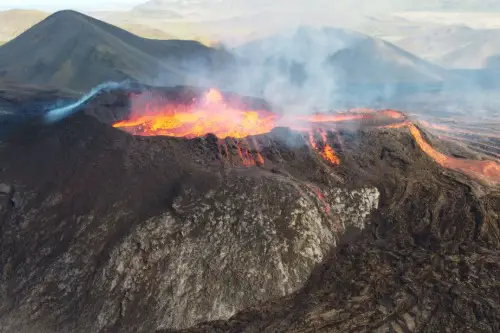
Mauna Loa is one of the world’s largest volcanoes and an alluring destination for adventure-seekers. But people often underestimate how unpredictable and hazardous the terrain is—this volcano is still active. Eruptions, earthquakes, and lava flows are very real threats, and the summit sits at over 13,000 feet, where altitude sickness can kick in fast. Even driving up can lead to dizziness and disorientation.
Visitors are often drawn in by the mystique of hiking an actual volcano, but the dangers aren’t always front and center in tourist brochures, according to David Culver, Anna-Maja Rappard, and Elizabeth Wolfe from CNN. Sudden weather changes, limited cell service, and extreme isolation all add up to real risk. It’s easy to get lost or injured without quick help nearby. It’s a geologist’s dream, but it’s not for unprepared adventurers.
6. Everglades Alligator Tours – Florida
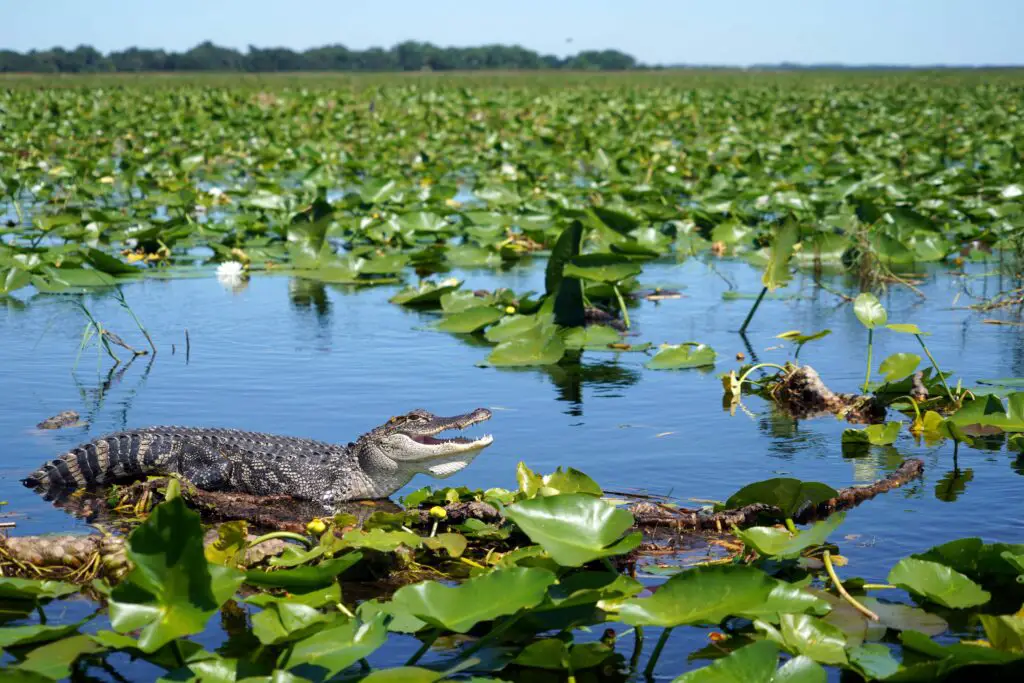
Taking an airboat ride through the Everglades is a Florida rite of passage—but it’s also a roll of the dice with wildlife. The waters are teeming with alligators, snakes, and even invasive species like Burmese pythons. Though tour companies stress safety, incidents of boats capsizing or people falling overboard are not unheard of. And the Everglades themselves are wild, remote, and not easily accessible in emergencies.
The idea of cruising through alligator country sounds thrilling, but it’s not exactly a controlled environment. There’s also the risk of heatstroke, dehydration, and biting insects—this isn’t Disney World. People often expect something tame and tourist-friendly but end up shocked by the raw wildness. The Everglades don’t play nice if you’re not careful.
7. The Wave – Arizona
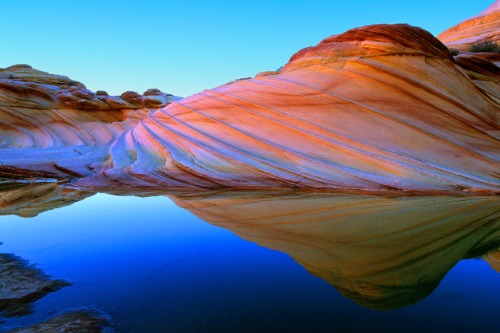
The Wave is a stunning rock formation in the Paria Canyon-Vermilion Cliffs Wilderness—but its beauty comes with serious danger. Only 64 people a day are allowed in via a lottery system, and for good reason: people have died trying to hike to or from it. Temperatures in the area can exceed 100°F with no shade, no water, and very little cell reception. If you get lost, help could be hours away—if it comes at all.
While the destination itself is postcard-perfect, the trail to get there is anything but beginner-friendly. There’s no marked path, so navigation is mostly by memory, GPS, or dumb luck. Rescue operations happen every year for people who underestimated the terrain. It’s a hidden gem that hides some very real threats.
8. Bourbon Street – New Orleans, Louisiana
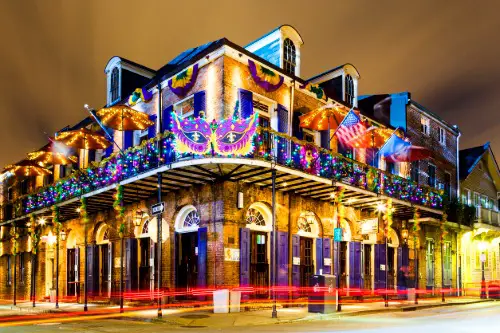
Bourbon Street is the beating heart of the French Quarter—and often the site of pickpocketing, street brawls, and way-too-rowdy crowds. Especially during events like Mardi Gras, the street gets so packed that you’re shoulder-to-shoulder with drunk strangers for hours. Crime in the area, including armed robbery and assault, tends to spike when the crowds roll in. The party atmosphere can quickly turn chaotic.
What’s sold as a fun, boozy street party is often an unpredictable and sometimes dangerous scene. Tourists are easy targets for scams, stolen wallets, and even drink spiking. You’ve got to stay hyper-aware in an environment where everyone else is trying not to be. It’s a blast—until it’s not.
9. Lake Mead – Nevada/Arizona

Lake Mead is the largest reservoir in the U.S., but it’s become infamous for something less idyllic—drought, drowning, and even bodies turning up. As water levels have dropped, hidden dangers like sunken boats and debris have emerged. Drowning is a real issue here, especially since many visitors don’t wear life jackets. Add high winds and unpredictable weather, and you’ve got a recipe for disaster.
What’s pitched as a relaxing lake day often involves more risk than expected. The receding shoreline has made access points unstable and sometimes unsafe. And the growing number of discovered human remains hasn’t exactly helped its rep. It’s not quite the family-friendly getaway it used to be.
10. Denali National Park – Alaska
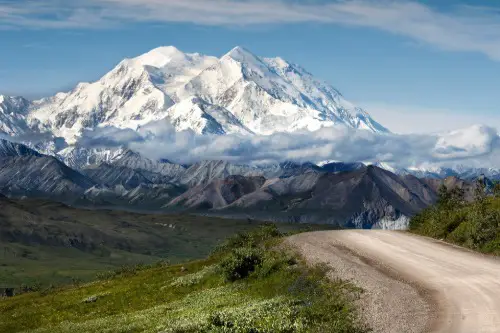
Denali is raw, wild, and breathtaking—but it’s also brutally unforgiving. With extreme weather swings, active wildlife (yes, grizzlies), and ultra-remote backcountry, the dangers are endless. Even experienced hikers have gone missing here, and rescue missions are both difficult and costly. The mountain itself is notoriously treacherous for climbers.
Many visitors expect a well-manicured national park experience, but Denali is wilderness in the truest sense. There are few trails, unpredictable weather, and limited ranger access. One wrong turn, and you could be alone for days. It’s not just an adventure—it’s a survival challenge.
11. Times Square – New York City, New York
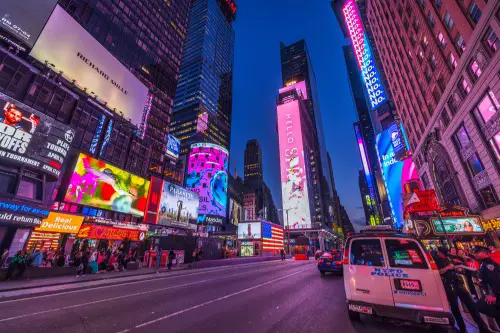
Times Square might seem like the most tourist-friendly place on Earth, but it’s also become a magnet for petty crime and chaotic energy. The area is densely packed with crowds, which creates the perfect environment for pickpocketing and scams. Aggressive costumed characters and sketchy “ticket vendors” have been known to harass tourists. Traffic accidents involving distracted pedestrians are also a real problem here.
Despite being one of the most photographed places in the U.S., it’s not exactly safe or stress-free. Police presence is high, but so is the tension and unpredictability. People get overwhelmed fast, especially during events or peak hours. It’s flashy, but not without its risks.
12. Death Valley National Park – California/Nevada

Death Valley is famous for being the hottest place on Earth, and it definitely lives up to its name. Every year, people underestimate the heat and overestimate their endurance—resulting in numerous heatstroke cases and several deaths. There’s little shade, minimal water, and cell reception is spotty at best. Your car breaking down here isn’t just inconvenient—it could be fatal.
What feels like an otherworldly adventure can quickly turn into a nightmare. Park rangers constantly warn visitors about venturing too far during summer months. And yet, every year, tourists keep pushing their limits in dangerous conditions. Death Valley doesn’t mess around.
13. Yosemite’s Half Dome – California
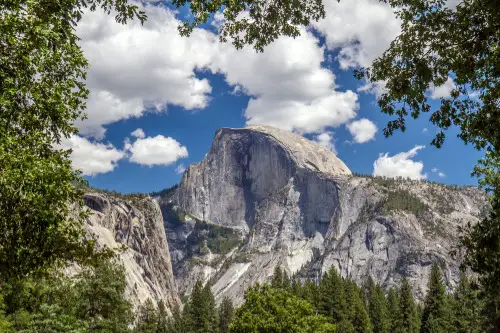
Half Dome is a bucket list hike for many, but it’s not just a tough climb—it’s downright dangerous. The final ascent involves holding onto cables while navigating slick granite at a terrifying incline. Rain or just morning dew can turn the rock into a deadly slide. At least 20 people have died attempting this hike, often during bad weather or from falls.
Despite all that, it’s still advertised as a “challenging but doable” hike, which can be misleading. The danger often lies in the descent when fatigue and slippery conditions set in. Permits are required, but they don’t ensure safety. It’s a classic case of awe-inspiring meets absolutely risky.


